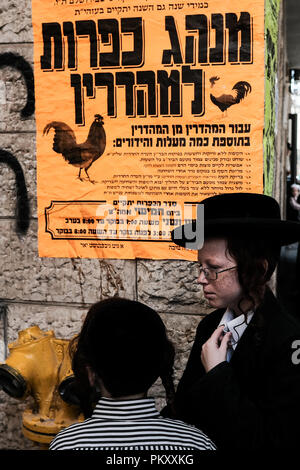
“eve day atonement”) is the day preceding Yom Kippur, corresponding to the ninth day of the Hebrew month of Tishrei. On the eve of Yom Kippur by Jakub WeinlesĮrev Yom Kippur (lit. Many secular Jews attend synagogue on Yom Kippur-for many secular Jews the High Holy Days are the only times of the year during which they attend synagogue-causing synagogue attendance to soar. ObservanceĪs one of the most culturally significant Jewish holidays, Yom Kippur is observed by many secular Jews who may not observe other holidays. The prayer services also include private and public confessions of sins ( Vidui) and a unique prayer dedicated to the special Yom Kippur avodah (service) of the Kohen Gadol (high priest) in the Holy Temple in Jerusalem.

Unlike a regular day, which has three prayer services ( Ma’ariv, the evening prayer Shacharit, the morning prayer and Mincha, the afternoon prayer), or a Shabbat or Yom Tov, which have four prayer services ( Ma’ariv Shacharit Mussaf, the additional prayer and Mincha), Yom Kippur has five prayer services ( Ma’ariv Shacharit Musaf Mincha and Ne’ilah, the closing prayer). One is the actual number of prayer services. The Yom Kippur prayer service includes several unique aspects. At the end of Yom Kippur, one hopes that they have been forgiven by God. The evening and day of Yom Kippur are set aside for public and private petitions and confessions of guilt ( Vidui). During the Days of Awe, a Jew tries to amend their behavior and seek forgiveness for wrongs done against God ( bein adam leMakom) and against other human beings ( bein adam lechavero). Maurycy Gottlieb – Jews Praying in the Synagogue on Yom KippurĪccording to Jewish tradition, God inscribes each person’s fate for the coming year into a book, the Book of Life, on Rosh Hashanah, and waits until Yom Kippur to “seal” the verdict. Yom Kippur completes the annual period known in Judaism as the High Holy Days or Yamim Nora’im (“Days of Awe”) that commences with Rosh Hashanah. On this day forgiveness of sins is also asked of God. Rosh Hashanah (referred to in the Torah as Yom Teruah) is the first day of that month according to the Hebrew calendar. Yom Kippur is “the tenth day of seventh month” (Tishrei) and is regarded as the “ Sabbath of Sabbaths“. Kippur can also mean to cleanse, with the Yom Kippur procedures in the Temple cleansing the people of sin.

Yom Kippur is usually expressed in English as “Day of Atonement”. Yom ( יוֹם) means ‘day’ in Hebrew and Kippur ( כִּפּוּר) comes from a root that means ‘to atone’. Jews traditionally observe this holy day with an approximate 25-hour period of fasting and intensive prayer, often spending most of the day in synagogue services. Its central themes are atonement and repentance. Yom Kippur ( יוֹם כִּיפּוּר, or יום הכיפורים), also known as the Day of Atonement, is the holiest day of the year in Judaism.


 0 kommentar(er)
0 kommentar(er)
